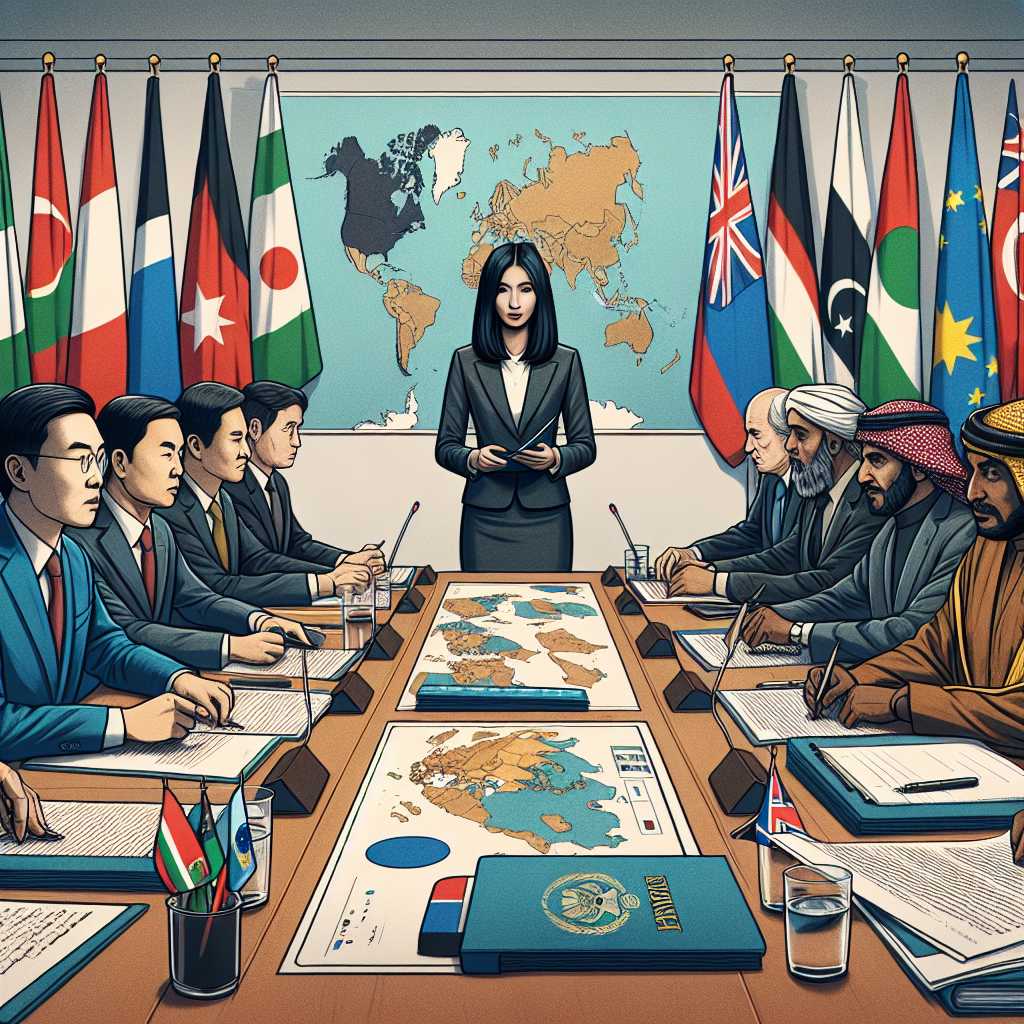The Complex Dynamics of a Ceasefire Agreement in Contemporary Conflicts
Ceasefires, often viewed as the first step towards peace, represent a break in hostilities between warring parties in a conflict area. Despite their temporary nature, they vary in their constructions, intents, and impacts. Whether in a local insurgency or a full-scale international war, ceasefires are complex undertakings that seek to temporarily halt violence and provide a window for dialogue, humanitarian relief, or strategic regrouping. This analysis will delve into the nature of ceasefires, explore their types and components, examine their challenges and outcomes, and provide attention to notable examples and their implications.
Understanding Ceasefires and Their Objectives
Ceasefires are formal agreements to stop fighting for a specified duration. They can be unilateral or mutual, encompass several factors such as arms embargoes, territory lines, and often serve different strategic purposes such as enabling humanitarian aid or sparking peace negotiations. However, beyond the basic cessation of hostilities, ceasefires can be complex political instruments.
Types of Ceasefires
Peace processes often feature various ceasefire agreements tailored to specific contexts.
Humanitarian Ceasefires
These ceasefires are typically short-term arrangements aimed at allowing civilian evacuation or the provision of humanitarian aid.
General Ceasefires
When broader in scope, these entail a suspension of all offensive operations — although they can vary in terms of activities considered offensive.
Conditional Ceasefires
Often entailing caveats or pre-conditions by one or both sides, these ceasefires signal a readiness to talk but maintain a front of skepticism or bargaining power.
Characteristics and Mechanisms of Effective Ceasefires
Effective ceasefires generally share characteristics such as clear language, monitoring mechanisms, and dispute resolution systems.
Clarity in Terms
To mitigate disputes over breaches, successful ceasefires delineate the allowed and prohibited actions in explicit terms.
Monitoring and Verification Mechanisms
Third-party entities often oversee adherence to ceasefire terms to ensure impartiality.
Dispute Resolution Systems
Mechanisms for handling violations without returning to full-scale conflict support ceasefire durability.
Challenges in Achieving and Maintaining Ceasefires
Ceasefires encounter numerous challenges ranging from flaws in design to complications on the ground.
Lack of Trust
Without confidence between parties that agreements will be upheld, ceasefires remain fragile and susceptible to breakdown.
Verification Difficulties
Monitoring combat zones carries practical challenges that undermine enforcement abilities.
Alternating Strategic Goals
The parties involved may use ceasefires for military regrouping rather than peace negotiations, ironically prolonging conflict when they end.
Famous Ceasefire Examples and Their Impacts
Historical ceasefires have led to varied results and provide insight into their potential and limitations.
The Korean War Armistice Agreement (1953)
Noteworthy as the Korean War has technically not ended due to its ceasefire terms rather than a peace treaty; it created the Korean Demilitarized Zone (DMZ).
The Christmas Truce (1914) An example from World War I where soldiers unofficially ceased hostilities to celebrate Christmas — illustrating that humanity can be found even amidst war. Bosnian War Ceasefire (1994) Leading eventually to the Dayton Peace Agreement, this ceasefire also underscores how protracted negotiations can follow even after violence subsides. Cessations in Modern Conflicts: A Visual Analysis and Prospects
Bosnian War Ceasefire (1994) Leading eventually to the Dayton Peace Agreement, this ceasefire also underscores how protracted negotiations can follow even after violence subsides. Cessations in Modern Conflicts: A Visual Analysis and Prospects
Cessations in Modern Conflicts: A Visual Analysis and Prospects
Despite advances in understanding conflict resolution, today’s technology has not significantly improved the success rate of ceasefires. However, visualization tools help analyze ceasefire issues: maps detailing geographic boundaries, timelines showcasing their duration, and statistical models predicting outcomes can inform policy decisions. Ceasefires remain delicate prerequisites for complex peace processes rather than guaranteed solutions.
Notes
Image Description The article doesn’t contain actual images, but an ideal image for this article would depict diplomats from conflicting sides sitting across a table during ceasefire negotiations with maps and documents spread before them and a neutral mediator overseeing the process. Flags of the involved parties might be present in the background.
RxnUJ
